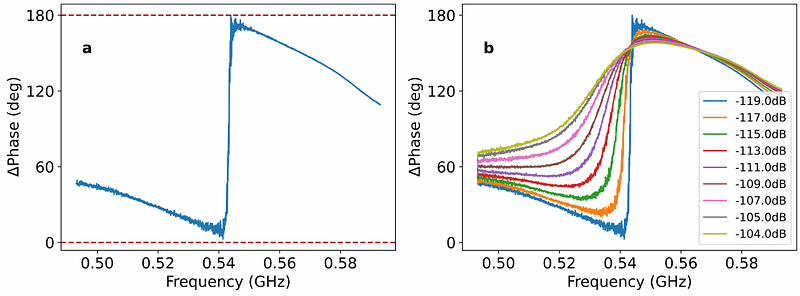Circulators based on Coupled Quantum Anomalous Hall Insulators and Resonators

Circulators based on Coupled Quantum Anomalous Hall Insulators and Resonators
Luis A. Martinez, Nick Du, Nicholas Materise, Sean O' Kelley, Xian Wu, Gang Qiu, Kang L. Wang, P. Gianpaolo, Tony Low, Dong-Xia Qu
AbstractIntegrated plasmonics is advancing rapidly, enabling a wide range of functionalities to be incorporated onto a single chip. Applications span information processing, computation, quantum sensing, and dark-matter detection. This progress has driven the development of integrated non-reciprocal devices, which are essential for preventing unwanted feedback that can degrade system performance. While non-reciprocal devices have been realized in edge magnetoplasmon materials via classical interference effects, their operation is often complicated by a dependence on input power. Here, we demonstrate that topological circulators utilizing asymmetric coupling offer improved input power range, isolation, and insertion loss. In this configuration, non-reciprocal behavior arises from the coupling between a chiral edge magnetoplasmonic resonator and LC resonators, leading to non-Hermitian dynamics. The coherent photon-plasmon interaction enables a circulator with up to 50 dB of isolation across a broad range of excitation intensities. This is the first experimental demonstration showing that magnetic topological insulators can support the study of chiral plasmonic cavity quantum electrodynamics at radio frequencies, underscoring their potential to enable chip-scale quantum-classical interfaces in superconducting quantum information processing systems.